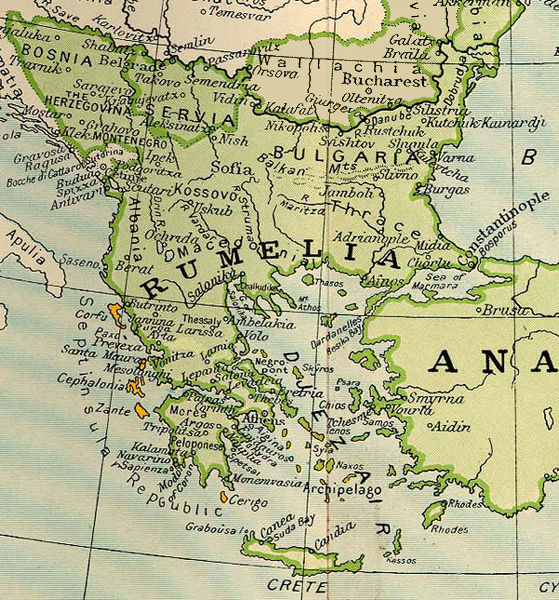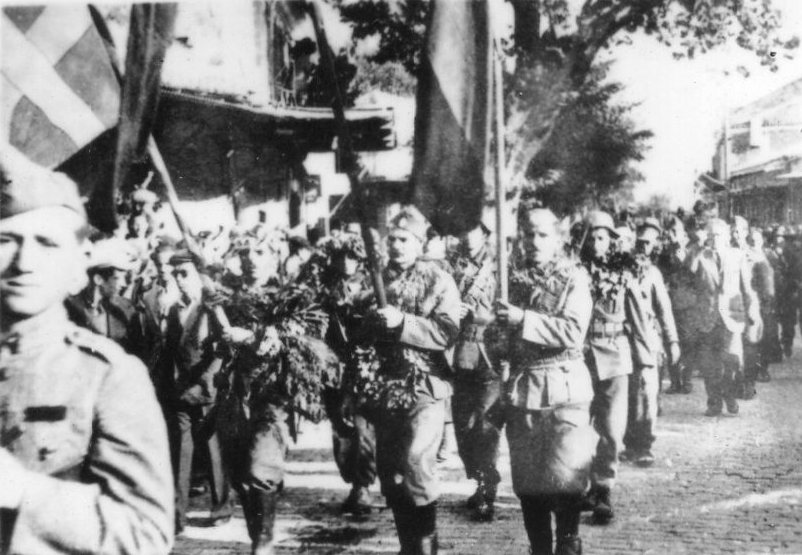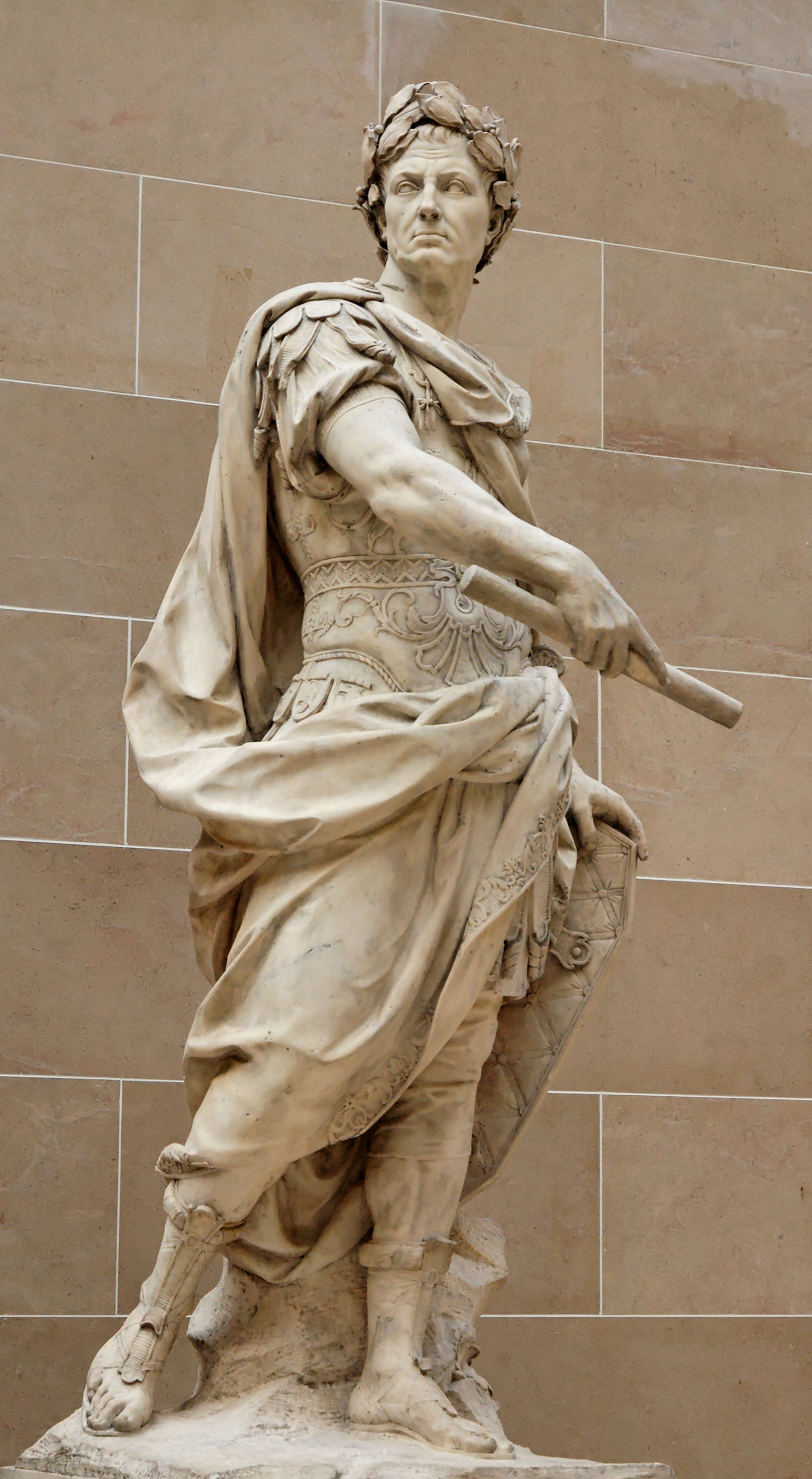|
Clock Tower Of Xanthi
The Clock tower of Xanthi () is an Ottoman-era monument located in the central square of the town of Xanthi, in northern Greece (region of Western Thrace). Description It was built in 1859 by a rich Muslim local named Hadji Emin Agha, as part of his tribute to the central mosque of the town. The clock tower was part of the market mosque complex, which had been renovated in 1938 losing thus its original design due to the Art Deco, art deco additions. In 1941 during the Bulgarian occupation of Greece, occupation of the area by Bulgarian troops, it was partially destroyed, an in 1972 (during Regime of the Colonels) it was decided to demolish the monument, but after the intervention of the Mufti of Xanthi, the decision was abandoned. During the same period a marble inscription in Arabic text was removed from the monument and destroyed in retaliation for the removal of signs from Greek schools in Istanbul. See also * Clock tower of Komotini * Ottoman Greece * Ottoman architectur ... [...More Info...] [...Related Items...] OR: [Wikipedia] [Google] [Baidu] |
Πύργος του Ρολογιού (Ξάνθη)
Pyrgos or Pyrgus (, 'tower') may refer to: Places Greece *Chalastra, a village in Thessaloniki regional unit *Myrtos Pyrgos, Minoan archaeological site near Myrtos, Crete *Priniatikos Pyrgos, an archaeological site near Istron, in eastern Crete *Pyrgos Dirou, a village in Laconia, municipality of Oitylo, Laconia *Pyrgos Kallistis, a village in the island of Santorini *Panormos, Tinos, Pyrgos, Tinos, a village in the island of Tinos *Pyrgos, Boeotia, a village north of Orchomenos in Boeotia, believed by some to be the site of classical Tegyra *Pyrgos, Corinthia, a mountain village in the municipality of Evrostini, Corinthia *Pyrgos, Elis, capital city of Elis *, a village in the municipal unit of Asterousia, Heraklion, Crete *Pyrgus (Elis), a town of ancient Elis *Pyrgus (Triphylia), a town of ancient Triphylia, in Elis Elsewhere *''Pyrgos'', Greek name for the city of Burgas, Bulgaria *Kato Pyrgos, Pyrgos, Cyprus, a town on Morphou Bay *Pyrgos, Limassol, village near Limasso ... [...More Info...] [...Related Items...] OR: [Wikipedia] [Google] [Baidu] |
Clock Tower Of Komotini
The Clock Tower of Komotini (, ) is a clock tower of the Ottoman period built in the city center of Komotini, in the Western Thrace region of northern Greece, next to the town's Yeni Mosque. Dated to the nineteenth century, today it is located on Ermou Street. Description This monument is considered a sample of the Ottoman modernization of 1884 and was erected as tribute to Sultan Abdul Hamit II. The tower is adjoined to the mausoleum of Fatma Hanım, the wife of vizier Hasan Pasha. The Clocktower includes both neoclassical and eclectical elements. In the 1950s, several architectural interventions which resulted in the clocktower and the mosque taking their current shape and form. On the yard the religious authority of the Muslims of Rhodope (the ''muftia'') of Komotini is housed. See also * Ottoman Greece * Hayriyye Madrasa * Imaret of Komotini * Clock tower of Xanthi The Clock tower of Xanthi () is an Ottoman-era monument located in the central square of the town ... [...More Info...] [...Related Items...] OR: [Wikipedia] [Google] [Baidu] |
19th-century Architecture In Greece
The 19th century began on 1 January 1801 (represented by the Roman numerals MDCCCI), and ended on 31 December 1900 (MCM). It was the 9th century of the 2nd millennium. It was characterized by vast social upheaval. Slavery was abolished in much of Europe and the Americas. The First Industrial Revolution, though it began in the late 18th century, expanded beyond its British homeland for the first time during the 19th century, particularly remaking the economies and societies of the Low Countries, France, the Rhineland, Northern Italy, and the Northeastern United States. A few decades later, the Second Industrial Revolution led to ever more massive urbanization and much higher levels of productivity, profit, and prosperity, a pattern that continued into the 20th century. The Catholic Church, in response to the growing influence and power of modernism, secularism and materialism, formed the First Vatican Council in the late 19th century to deal with such problems and confirm ce ... [...More Info...] [...Related Items...] OR: [Wikipedia] [Google] [Baidu] |
Towers In Greece
A tower is a tall structure, taller than it is wide, often by a significant factor. Towers are distinguished from masts by their lack of guy-wires and are therefore, along with tall buildings, self-supporting structures. Towers are specifically distinguished from buildings in that they are built not to be habitable but to serve other functions using the height of the tower. For example, the height of a clock tower improves the visibility of the clock, and the height of a tower in a fortified building such as a castle increases the visibility of the surroundings for defensive purposes. Towers may also be built for observation, leisure, or telecommunication purposes. A tower can stand alone or be supported by adjacent buildings, or it may be a feature on top of a larger structure or building. Etymology Old English ''torr'' is from Latin ''turris'' via Old French ''tor''. The Latin term together with Greek τύρσις was loaned from a pre-Indo-European Mediterranean language, ... [...More Info...] [...Related Items...] OR: [Wikipedia] [Google] [Baidu] |
Clock Towers In Europe
A clock or chronometer is a device that measures and displays time. The clock is one of the oldest human inventions, meeting the need to measure intervals of time shorter than the natural units such as the day, the lunar month, and the year. Devices operating on several physical processes have been used over the millennia. Some predecessors to the modern clock may be considered "clocks" that are based on movement in nature: A sundial shows the time by displaying the position of a shadow on a flat surface. There is a range of duration timers, a well-known example being the hourglass. Water clocks, along with sundials, are possibly the oldest time-measuring instruments. A major advance occurred with the invention of the verge escapement, which made possible the first mechanical clocks around 1300 in Europe, which kept time with oscillating timekeepers like balance wheels., pp. 103–104., p. 31. Traditionally, in horology (the study of timekeeping), the term ''clock'' was us ... [...More Info...] [...Related Items...] OR: [Wikipedia] [Google] [Baidu] |
Ottoman Architecture In Western Thrace
Ottoman may refer to: * Osman I, historically known in English as "Ottoman I", founder of the Ottoman Empire * Osman II, historically known in English as "Ottoman II" * Ottoman Empire 1299–1922 ** Ottoman dynasty, ruling family of the Ottoman Empire *** Osmanoğlu family, modern members of the family * Ottoman Caliphate 1517–1924 * Ottoman Turks, a Turkic ethnic group * Ottoman architecture * Ottoman bed, a type of storage bed * Ottoman (furniture), padded stool or footstool * Ottoman (textile), fabric with a pronounced ribbed or corded effect, often made of silk or a mixture See also * Ottoman Turkish (other) * Osman (other) * Usman (other) * Uthman (name), the male Arabic given name from which the name and word Ottoman is derived from * Otto Mann The American animated television series ''The Simpsons'' contains a wide range of minor and supporting characters like co-workers, teachers, students, family friends, extended relatives, townspeople, l ... [...More Info...] [...Related Items...] OR: [Wikipedia] [Google] [Baidu] |
Ottoman Architecture
Ottoman architecture is an architectural style or tradition that developed under the Ottoman Empire over a long period, undergoing some significant changes during its history. It first emerged in northwestern Anatolia in the late 13th century and developed from earlier Anatolian Seljuk architecture, Seljuk Turkish architecture, with influences from Byzantine architecture, Byzantine and Iranian architecture, Iranian architecture along with other architectural traditions in the Middle East. Early Ottoman architecture experimented with multiple building types over the course of the 13th to 15th centuries, progressively evolving into the Classical Ottoman architecture, classical Ottoman style of the 16th and 17th centuries. This style was a mixture of native Turkish tradition and influences from the Hagia Sophia, resulting in monumental mosque buildings focused around a high central dome with a varying number of semi-domes. The most important architect of the classical period is Mimar ... [...More Info...] [...Related Items...] OR: [Wikipedia] [Google] [Baidu] |
Ottoman Greece
The vast majority of the territory of present-day Greece was at some point incorporated within the Ottoman Empire. The period of Ottoman rule in Greece, lasting from the mid-15th century until the successful Greek War of Independence broke out in 1821 and the First Hellenic Republic was proclaimed in 1822, is known in Greece as Turkocracy (). Some regions, like the Ionian islands and various temporary Republic of Venice, Venetian possessions of the Stato da Mar, were not incorporated in the Ottoman Empire. The Mani Peninsula in the Peloponnese was not fully integrated into the Ottoman Empire, but was under Ottoman suzerainty. The Eastern Roman Empire, which ruled most of the Greek-speaking world for over 1100 years, had been fatally weakened since the Fourth Crusade of 1204. Having defeated the Serbs, the Ottomans fall of Constantinople, captured Constantinople in 1453 and soon advanced southwards capturing Athens in 1456 and the Peloponnese in 1460. By the early 16th century, a ... [...More Info...] [...Related Items...] OR: [Wikipedia] [Google] [Baidu] |
Istanbul
Istanbul is the List of largest cities and towns in Turkey, largest city in Turkey, constituting the country's economic, cultural, and historical heart. With Demographics of Istanbul, a population over , it is home to 18% of the Demographics of Turkey, population of Turkey. Istanbul is among the List of European cities by population within city limits, largest cities in Europe and List of cities proper by population, in the world by population. It is a city on two continents; about two-thirds of its population live in Europe and the rest in Asia. Istanbul straddles the Bosphorus—one of the world's busiest waterways—in northwestern Turkey, between the Sea of Marmara and the Black Sea. Its area of is coterminous with Istanbul Province. Istanbul's climate is Mediterranean climate, Mediterranean. The city now known as Istanbul developed to become one of the most significant cities in history. Byzantium was founded on the Sarayburnu promontory by Greek colonisation, Greek col ... [...More Info...] [...Related Items...] OR: [Wikipedia] [Google] [Baidu] |
Xanthi
Xanthi is a city in the region of Western Thrace, northeastern Greece. It is the capital of the Xanthi regional unit of the region of East Macedonia and Thrace. Amphitheatrically built on the foot of Rhodope mountain chain, the city is divided by the Kosynthos River, into the west part, where the old and the modern town are located, and the east part that boasts a rich natural environment. The "Old Town of Xanthi" is known throughout Greece for its distinctive architecture, combining many Byzantine Greek churches with neoclassical mansions of Greek merchants from the 18th and 19th centuries and Ottoman-Era mosques. Other landmarks in Xanthi include the Archaeological Museum of Abdera and the Greek Folk Art Museum. Xanthi is famous throughout Greece (especially Macedonia and Thrace) for its annual spring carnival (Greek: καρναβάλι) which has a significant role in the city's economy. Over 40 cultural associations from around Greece participate in the carnival program. ... [...More Info...] [...Related Items...] OR: [Wikipedia] [Google] [Baidu] |
Regime Of The Colonels
In politics, a regime (also spelled régime) is a system of government that determines access to public office, and the extent of power held by officials. The two broad categories of regimes are democratic and autocratic. A key similarity across all regimes is the presence of rulers of both formal and informal institutions, which interact dynamically to adapt to changes to their environment The CIA World Factbook also has a complete list of every country in the world with their respective types of regimes. Usage According to Yale professor Juan José Linz there are three main types of political regimes today: democracies, totalitarian regimes, and authoritarian regimes, with hybrid regimes sitting between these categories. The term regime is often used critically to portray a leader as corrupt or undemocratic. While the term originally referred to any type of government, in modern usage it often has a negative connotation, implying authoritarianism or dictatorship. ... [...More Info...] [...Related Items...] OR: [Wikipedia] [Google] [Baidu] |
Bulgarian Occupation Of Greece
The occupation of Greece by the Axis Powers () began in April 1941 after Nazi Germany invaded the Kingdom of Greece in order to assist its ally, Italy, in their ongoing war that was initiated in October 1940, having encountered major strategical difficulties. Following the conquest of Crete, the entirety of Greece was occupied starting in June 1941. The occupation of the mainland lasted until Germany and its ally Bulgaria withdrew under Allied pressure in early October 1944, with Crete and some other Aegean Islands being surrendered to the Allies by German garrisons in May and June 1945, after the end of World War II in Europe. The term Katochi in Greek means ''to possess'' or ''to have control over goods''. It is used to refer to the occupation of Greece by Germany and the Axis Powers. This terminology reflects not only the military occupation but also the economic exploitation of Greece by Germany during that period. The use of "Katochi" underscores the notion of dominati ... [...More Info...] [...Related Items...] OR: [Wikipedia] [Google] [Baidu] |







